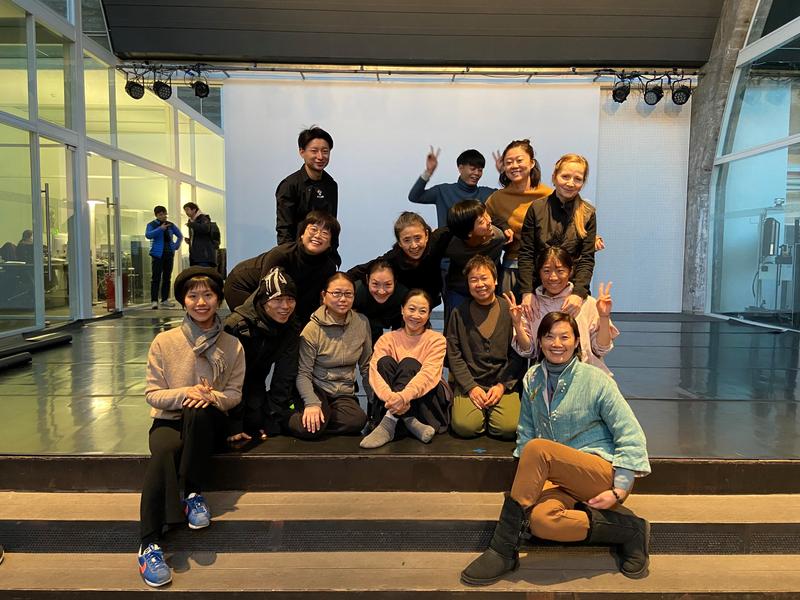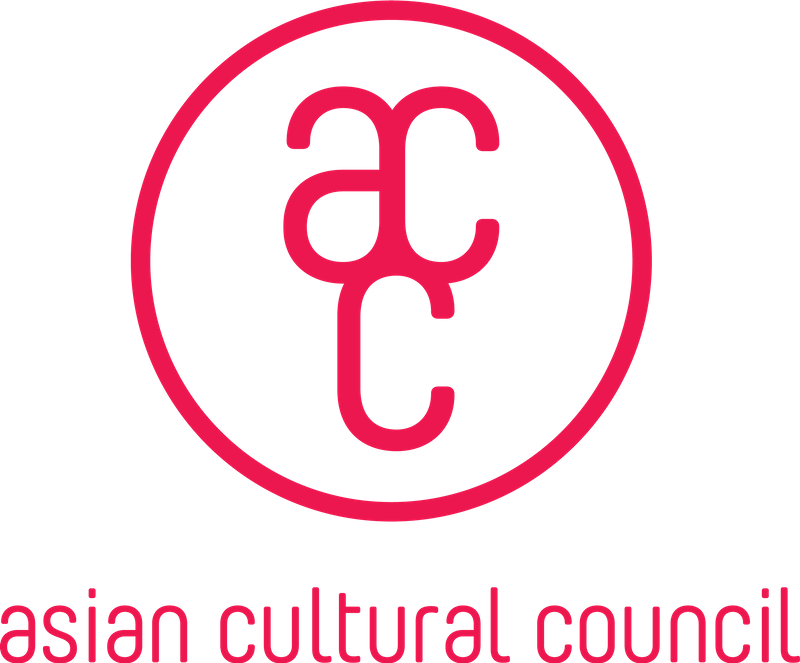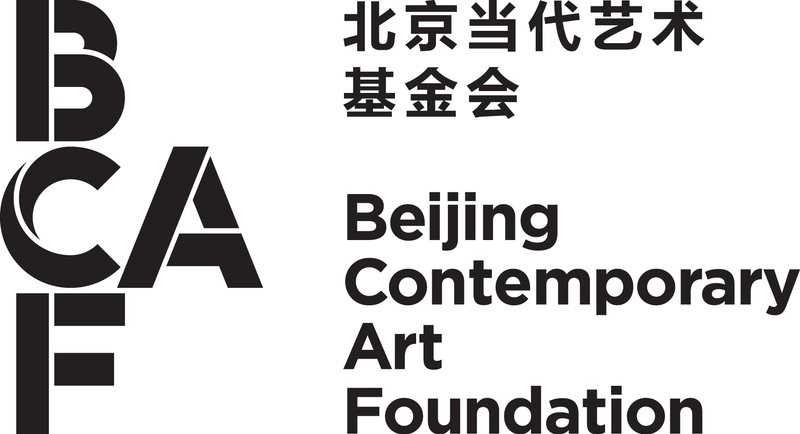How do you visualize cultural exchange? Supporting artists, scholars, and arts professional to engage deeply across borders and artistic disciplines is an act of international choreography. It is the movement and meeting—in concert and in contrast—of ideas, contexts, rhythms, people, and physical spaces. In their 2019 ACC/BCAF Contemporary Arts Fellowship and beyond, choreographer/dancers Eiko Otake (ACC 2003) and Wen Hui (ACC 1996, 1998) embody this practice of reciprocal exchange.
Beginning in 2019, ACC and Beijing Contemporary Arts Foundation (BCAF) partnered to support the exchange of artists and scholars in China and the U.S., and China and the rest of Asia. Among these was a grant to Inta, Inc. to enable New York-based Eiko Otake and Beijing-based Wen Hui to carry out two months of creative exploration, collaboration, workshops, and public engagement in both countries.

Eiko Otake and Wen Hui in Beijing
Each have a longstanding history of collaborative work across countries and fields—so, the partnership was only natural. For over 40 years, Eiko Otake has performed with her husband as the duo Eiko & Koma. In 2014, she began to develop her own solo project A Body in Places, which included A Body in Fukushima, an ongoing photographic and film archive by William Johnston of Eiko’s works to irradiated, evacuated areas near the Fukushima Daiichi nuclear reactors. In 2017, this and other works were brought into her multi-year Duet Project. Through this most recent project, she has performed with a diverse range of artists, working through ideas, such as: “How can two artists collide and return changed but whole? How can two individuals encounter and converse over their differences with or without words? How can we express both explicitly and implicitly what each of us really cares about?” In much of this work, Eiko has explored the body and its relation to place, stating the body is “both an object of public art and a conduit to other places she has occupied…[it is] both a marker of and itself a living landscape.”
Wen Hui, in turn, has researched “the ways the body forms an archive of personal social documentation” and the relationship between bodily memory, history, and reality. Considered one of the pioneers of Chinese contemporary dance theater, she is a choreographer and dancer, a documentary filmmaker and installation artist. Wen Hui graduated from Beijing Dance Academy in 1989, and in 1994 came to New York to study modern dance and theater, with further support from ACC in 1997. In 1994, she and filmmaker Wu Wenguang (ACC 1996, 2000) created Beijing-based Living Dance Studio and in 2005, they established independent art space Caochangdi Workstation and Cross-arts International Dance Festival. Originally from Kunming, in the southwestern province of Yunnan, projects have included a works that draw from personal histories, including “Listening to Third Grandmother.”
Together, Eiko Otake and Wen Hui are a formidable team. Having long admired each other's work, they originally met in 1995, when an ACC grant to the American Dance Festival brought Eiko & Koma to teach at the Guangdong Modern Dance Company. With their ACC/BCAF Fellowship already underway, Eiko arrived in Beijing in early January. She and Wen Hui met young artists, curators, and choreographers, and conducted a dance workshop at the Goethe Institut. Their travels take them to Nanjing to meet dance critics and host a workshop for local dancers. Then, on to Kunming, Wen Hui’s hometown, for lunar new year. We are excited to see where these travels and this collaboration lead. As Eiko wrote, “Choreography does not have to be created only in a dance studio, or performed only on a stage. Choreography is to go to the places that matter, communicate verbally and otherwise, and commit to the content of the movement.”


 ACC New York
ACC New York